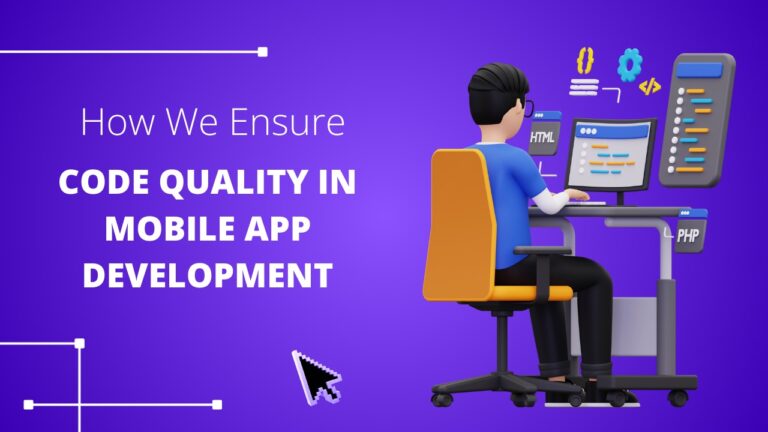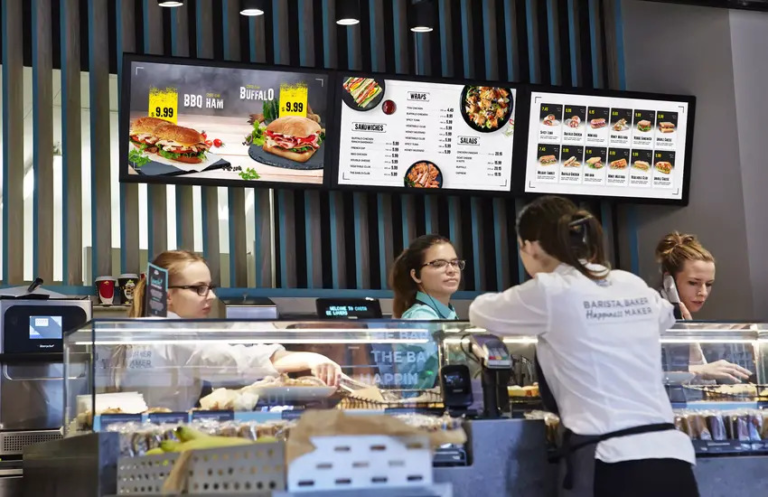Top Ways to Improve Retention in Corporate Training

To enhance corporate training retention, make sure your programs align with business objectives so that relevance is guaranteed. Engage participants with interactive methods such as simulations and gamification; such methods make learning fun and memorable. Regular assessments and constructive feedback reinforce key concepts and help in establishing trust among employees. Recognizing and rewarding efforts provides motivation and ensures commitment. Also, bring in technology for customized learning and longitudinally assess the efficacy of your programs. By focusing on these strategic techniques, you will be able to build a culture of engagement and ongoing reinforcement. Using these insights, there is much more that can be done to optimize your training programs.
Engage With Interactive Training
The ways of interactive training methods for engaging employees will amply improve their learning experience and knowledge retention. By introducing simulation training, you will be affording your team realistic practice in an artificial environment that develops skills and builds confidence. This hands-on approach to learning makes it not only more relevant but also invites active participation. Simulation training provides a safe place for learners to practice skills, building their grasp of the material. Besides, when training matches organizational goals, employee performance and engagement increase impressively.
Besides, gamification techniques raise the bar of engagement. You create a competitive yet fun environment where the employees are motivated to dive deep into the training process by integrating points, badges, and leaderboards. Interactive videos with decision points and quizzes nail the attention of learners for better retention of critical information. What is more, collaborative learning platforms provide the opportunity for sharing knowledge amongst employees, and an enhanced learning experience through shared insight. With microlearning modules, you ensure training fits into busy schedules in easy-to-ingest segments.
Activate Blended Learning Approaches
The blended learning approach is one of the active players in changing the corporate training landscape by combining the best of online and in-person instruction. This hybrid model will make learning not only more engaging but also offer your people the flexibility they demand.
This would allow learners to take the course at their own pace by making learning more interesting and motivating, while blending learning styles, such as videos, polls, and simulations, into a single learning environment. Besides, blended learning caters to different learner preferences, thus allowing a more inclusive training environment. Through continuous learning, adaptability in a constantly changing business environment is fostered, hence keeping employees competitive.
The real magic, however, is in the name: personalized learning experiences. Employees can go back and view lessons, do assignments at their own pace, and retention improves astronomically.
Blended learning also equates to less cost: no travel costs, venue costs, yet still valuable training.
A strategic blend of face-to-face workshops and online courses offers you the chance to see skills gaps and coordinate training with your corporate objectives. Strategic planning will ensure your employees can maximize learning.
In blended learning, you are not teaching your employees but bringing them through a journey where they can develop new skills and knowledge effectively.
This represents an investment in your team’s future, while at the same time, reaching your corporate objectives.
Regular Assessments and Feedback
Assessment and regular feedback is especially important in today’s fast world of corporate affairs, where the retention of new skills and knowledge by employees can be maximized. Different types of assessments, such as quizzes, interactive simulations, and timed tests, assist in reinforcing learning and tracking progress effectively. These tools will not only identify any gaps in understanding but also afford targeted interventions that enhance overall engagement.
Feedback mechanisms are important in this process. You can identify misconceptions and changes in learning needs early enough through immediate, personalized feedback. That kind of personalized feedback creates motivation to want to improve. Moreover, it ensures consistency in your feedback, making the training process reliable and dependable. Engaging participation in assessments can enhance retention further by promoting deeper learning of course material through increasing engagement.
To further improve retention, consider adding on gamification tools and analytics software to your assessments. Not only do these make learning fun, but also offer tons of insight into the effectiveness of the training. Also, frequent assessments can drastically improve retention by making sure that employees know the material well before they progress on to new concepts.
Acknowledge and Reward Efforts
After having a sound basis of continuous assessment and feedback, now is the time to reward employees for their efforts in corporate training. Appreciation of employees is not a high-end necessity but rather a strategically vital one. Providing a training certificate upon program completion not only recognizes employees’ efforts but also adds value to their professional growth, reinforcing the importance of the training.
This impact of recognition will drive your employees to be more involved in the training to build a committed and loyal culture. Implementing effective reward strategies can take various forms. Monetary incentives, like bonuses for training completion, can motivate employees considerably. However, don’t overlook non-monetary rewards—extra leave or flexible hours can resonate deeply.
Public recognition through company-wide announcements also amplifies appreciation, creating a ripple effect of positivity throughout your organization. It’s essential to establish clear objectives for recognition programs and guarantee they’re applied fairly and consistently. Timely recognition is paramount, since timely recognition reinforces desired behaviors. In addition, obtaining employee feedback on such programs can contribute to their improvement. With a focus on recognition and reward, you will not only increase retention rates, but you will also develop a more involved and productive work force, which benefits everyone concerned.
Continuous learning opportunities ensure a greater commitment from employees and are crucial to reiterate the need for training in your organization. When professional development becomes a core strategy of the organization, a work environment is created where employees feel valued and supported in their growth.
Continuous Support
Prioritization of regular support is a must for any organization in order to keep the growth and retention within it. It is due to regular feedback loops that you are building a culture where employees feel valued and updated on their progress. According to studies, 71% of employees with structured reviews say they plan to stay longer than a year. What it really points out to is the mentorship in supporting them further, both belonging and investing in their jobs.
Additionally, providing onboarding development programs encourages continuous learning, in which employees will be able to build on their skills. By providing ongoing training opportunities, engagement and motivation are achieved, which, in turn, is fundamental to employee retention. In fact, a full 83% of new hires who think the training was effective would stay with your organization. Additionally, retention leads to application of new knowledge and skills, encouraging achievement of organizational goals and supporting employee engagement beyond training delivery. Supporting professional development opportunities enhances creativity and increases employee commitment to the organization.
Additionally, coaching and mentorship programs allow employees to receive personalized guidance, increasing their dedication. By encouraging feedback frequency and formalized performance appraisals, you will be allowing them not only to know their points of weakness, but also further stocking their perceptions of readiness and capability.
In short, prioritizing ongoing support makes your workplace a thriving one wherein employees are well-empowered to achieve growth and success.
Develop Effective Training Programs
Continuous support ensures training programs are effective, helping drive employee performance and retention. In developing these programs, it is important to first establish clear objectives through skill assessment. Identify specific skill gaps and prioritize them, making sure your training aligns with broader organizational goals.
Setting SMART goals-those that are specific, measurable, achievable, relevant, and time-bound-helps ensure clarity and focus. Accomplished training leads to better retention of employees, which is key to sustaining a motivated workforce. Adding diversity and inclusion training creates an increasingly inclusive atmosphere, promoting better engagement and retention among employees. Collaborating with a reliable training manuals printer ensures that your materials are professional, accessible, and tailored to support specific training objectives.
Second, create engaging content for training. Apply multiple approaches to instruction, including workshops, e-learning, and interactive approaches such as gamification. By personalizing the learning process, employees are motivated and retention is improved.
Make sure the content of the training is relevant to their job and provide continuous reinforcement since the initial training for the crystallization of learning.
Efficient delivery of the training is very important. Design a detailed plan of training with objectives, content, and allocation of resources accordingly.
Follow up progress during training, and through training evaluations, measure the effectiveness by using the pre-established KPIs.
Leverage Technology for Retention
Frequent use of technology in corporate training often increases retention by employees significantly. Personalization, through the use of AI, can create modules tailored to each individual’s learning style. This makes sure that every employee goes through content in a manner that speaks to him or her.
AI cleverly exploits cognitive biases, such as the primacy and recency effects, by placing important knowledge at the start and toward the end of sessions for better retention. Moreover, AI tools facilitate efficiency and effectiveness in training programs for better learning outcomes. Incorporating multimedia content, memory games, and interactive exercises tends to make learning fun while strengthening neural connections, helping information stick.
AI-activated spaced repetition methods turn passive training into dynamic experiences, creating the effect of active recall and deeper knowledge. Furthermore, on-the-job training can be complemented by these technological approaches in enabling employees to work in a real-world environment with recently acquired knowledge.
Gamification can also be used by implementing some friendly competition and rewarding, thus making the learning process more engaging.
Digital solutions, such as mobile learning platforms, enable employees to learn in their rhythm, which enhances flexibility and comfort.
These technologies integrated together elevate your training approach to one that is even more efficient and inclusive, improving overall retention..
Closing Thoughts
These are not checkmarks to be performed in your corporate training. It is like sowing the seeds for a great garden of talent that you provide when you align the learning with business outcomes and engage employees through interactive and blended approaches. This is how a proper environment for retention is prepared. And remember, the journey doesn’t end after the program. Continuous support and recognition are necessary. With these investments, you are not just training employees; you are letting them grow and become achievers for their companies.






